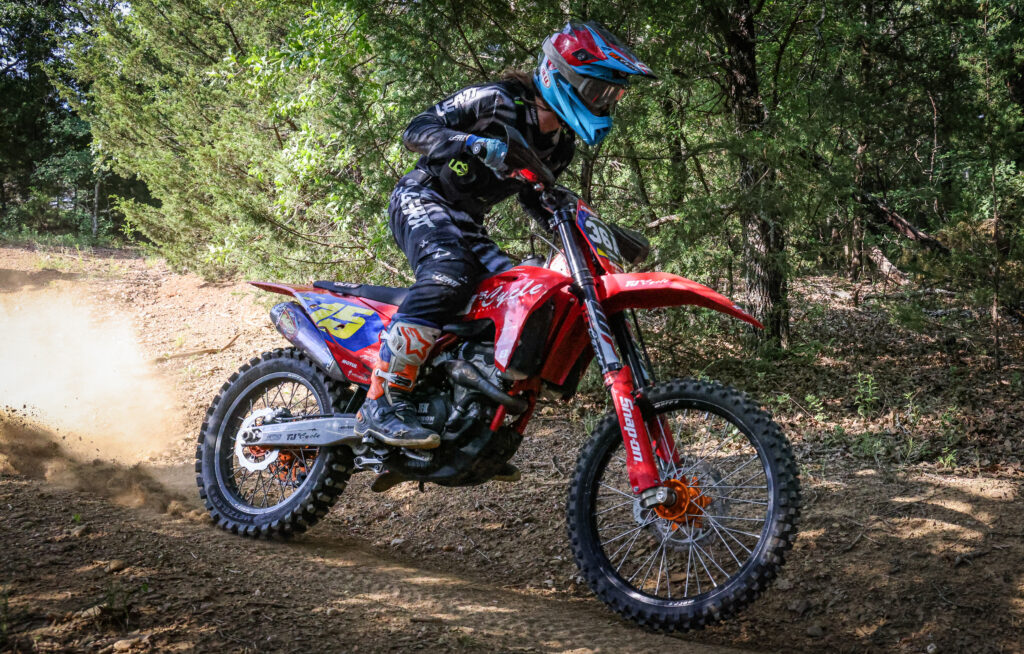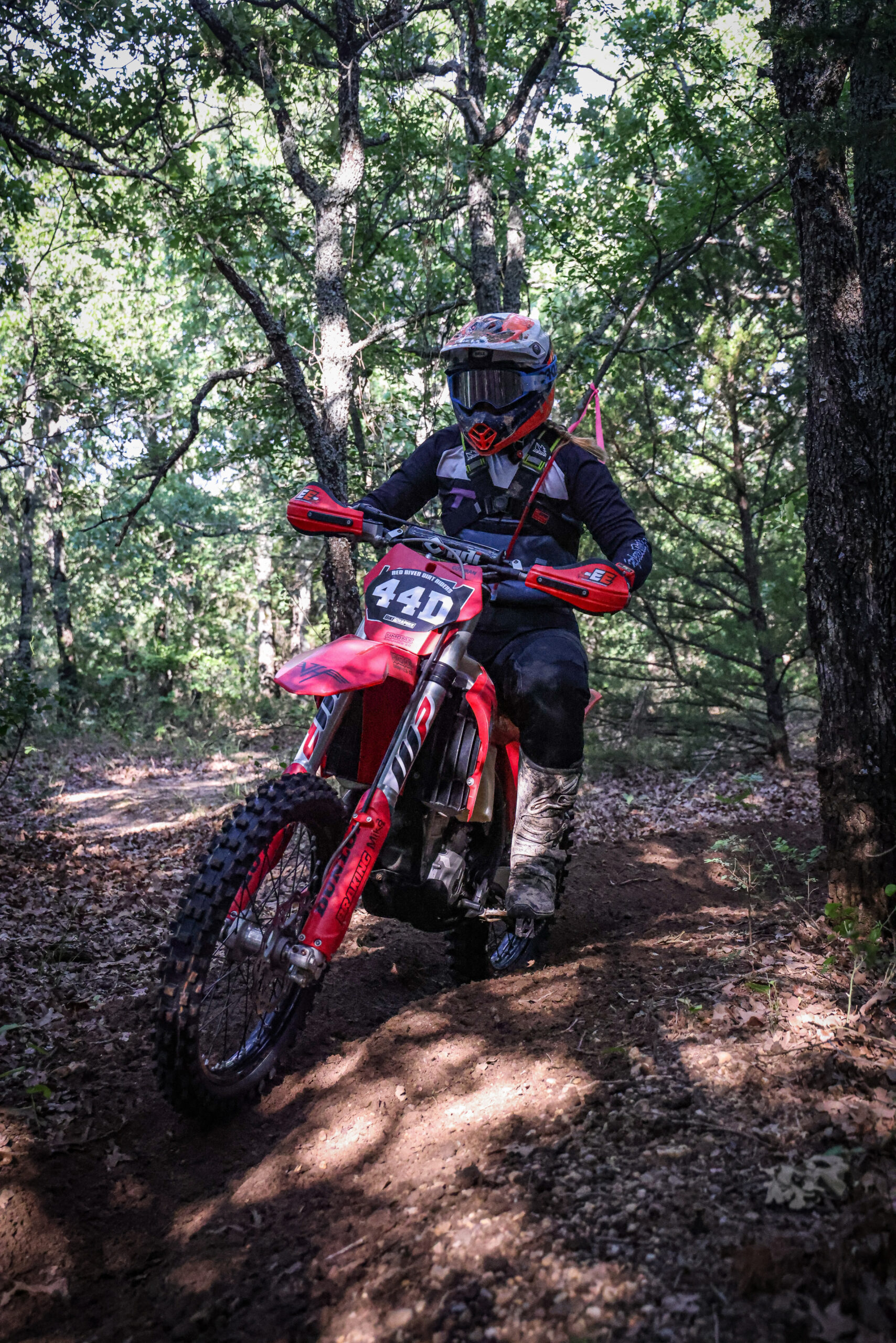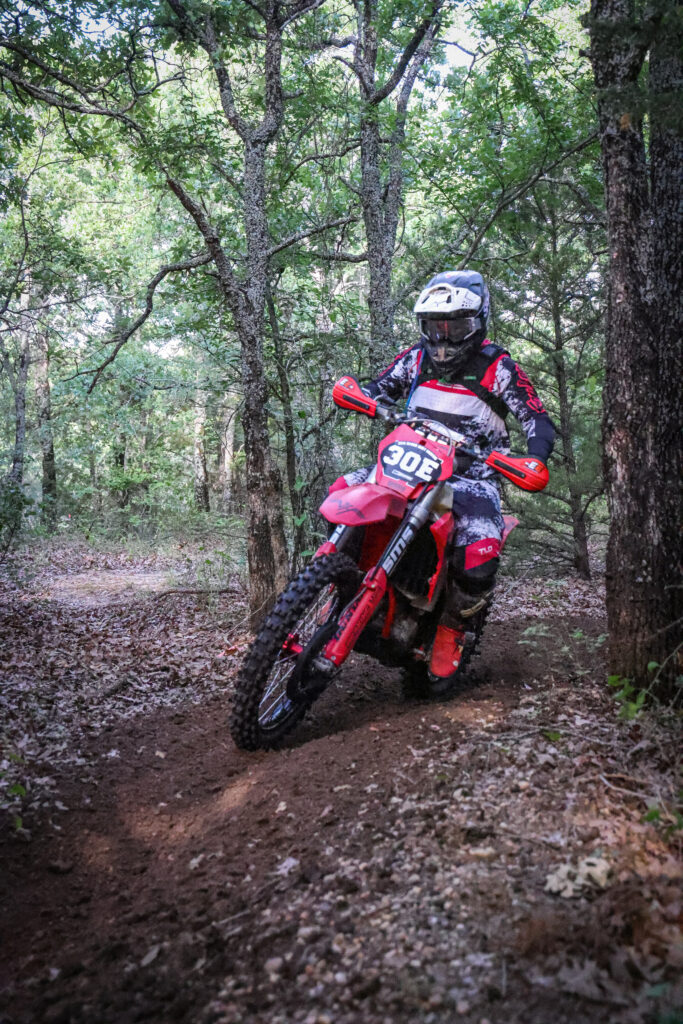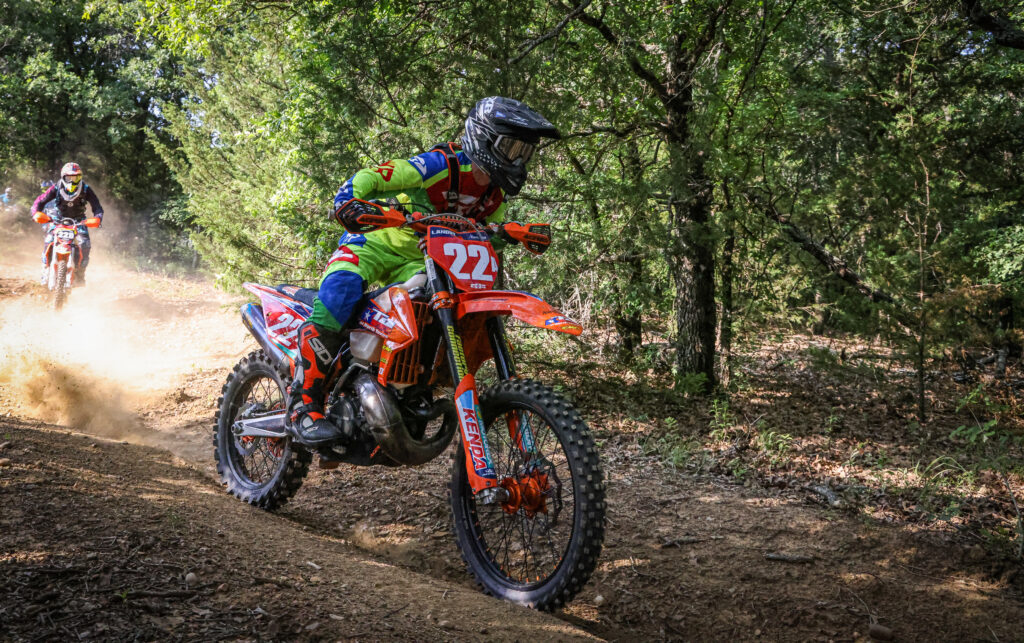ENDURO
101


Enduro’s can be one of the trickiest and most confusing parts of off-road racing. Participants will endure a lengthy mile course which is divided among transfers and test.
“Transfers”- A section of the enduro course in which you are traveling to and from test sections. Transfers will only be used in restart & reliability enduros.
“Tests”- A test section is the actual race portion of the enduro. A test section can vary between 4 to 16 miles in which you are timed from start to finish.
Most enduros will have different course length options based on your class, super short, short, and long course. Your youth and select vet classes will consist of the super short course and the short course will consist of C classes and select vet B classes. Your long course is for the AA,A, and B riders. As the enduro goes on the course’s will get more and more technical as the more experienced riders will end up being the only riders on the course. You will often times hear the term ” A only tests” as these will be the most difficult tests of the day.
Enduros can vary from 40 to 100 miles depending on what the promotor lays out for you that day. Often times a route sheet will be posted on the organizations Facebook or website the week before the event. You will cover these miles with both transfers and tests spanning over a 3-5 hour period. The mileage can be added up differently based on the promotor of the event. Sometimes you may get a greater transfer mileage than test mileage, but can also have a greater test mileage than transfer mileage depending on how the course if designed.
There are three main enduro formats that are used across the state as well as the country. You will encounter Sprint Enduros, Restart Enduros, and Reliability Enduros.
“Sprint Enduros”- A sprint enduro will consist of 2-3 test sections centrally located to the parking area. In which you repeat the same test sections for a grand total of 6-12 total tests on the day. The test sections will usually be short than your restart or reliability enduros.
“Restart Enduros”- A restart enduro will consist of a lengthy mile course that you have to ride through. At a restart enduro you must arrive at tests by a “Key Time” to start your test at 0:00. You will start on rows one minute apart with 4-5 riders on your said row. You will usually race around 4-8 test sections at a higher mileage compared to a sprint enduro.
“Reliability Enduro”- A reliability enduro is not for the weak, you will encounter a much higher mileage enduro ranging from 80-120 miles in one single day. You do not have a key time like a restart enduro but still start on a row that will consist of 4-5 riders. You will start your test sections individually once you arrive. The transfer sections will usually have a greater mileage than your test sections.
“Key Time”- A key time is your tardy bell. You will be placed on a row, for example lets say your row number is “25A”. Key time’s will usually be 9:00 to start the event, in which rows will take off every minute following 9:00. So since our row is “25A” we will start the event at 9:25. Once you get out onto the course you will then have test key times as well. These will be located on your route sheet, which you will want to convert to your designated key times. It uses the same system for the test key times, lets say the test key time is 10:30 our test key time on row “25A” will then be 10:55. You will need to ride the transfer sections fast enough to make sure you are on time to your test sections. If you are late for a test, every second you are late will then add to you overall test time for that test section you are late too.


